3D animation anatomy of several valves, understand in seconds~
Fixed ball valve controls the opening and closing of the valve by rotating the ball in the valve. There is a through hole in the middle of the ball, which can be rotated 90°. The diameter of the through hole is equal to or less than the diameter of the pipe. When the ball rotates 90°, the inlet and outlet surfaces of the pipe are both spherical surfaces, thereby closing the valve and cutting off the fluid. When the ball valve rotates 90°, the inlet and outlet surfaces of the pipe are both spherical holes, and the fluid passes through the valve. The ball valve can be rotated to different angles, thereby controlling the size of the fluid. Fixed ball valves are commonly used in general pipelines, such as conveying water, oil, steam, etc.

The stop valve, also known as the gate valve, can completely seal the valve seat outlet by rotating the valve stem to apply pressure, thereby preventing the flow of fluid; the stop valve is commonly used in some corrosive gas and liquid pipelines such as natural gas, liquefied gas, sulfuric acid, etc.
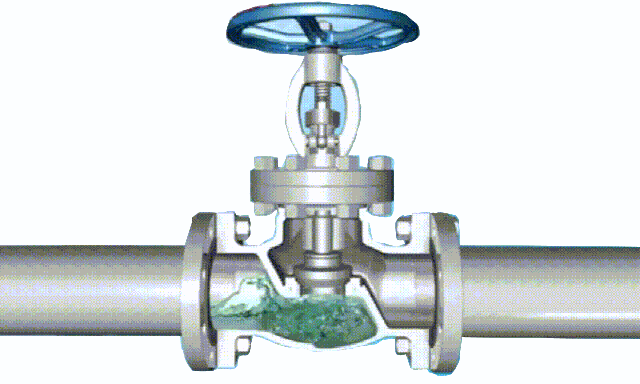
A gate valve, like a gate, controls the fluid by rotating the valve stem and controlling the gate to move vertically up and down. The sealing rings on both sides of the gate can completely seal the entire cross-section. The gate valve can only be fully opened or fully closed and cannot be used as a valve to regulate flow. Gate valves are mainly used as interception devices in pipelines such as tap water, sewage, and ships.
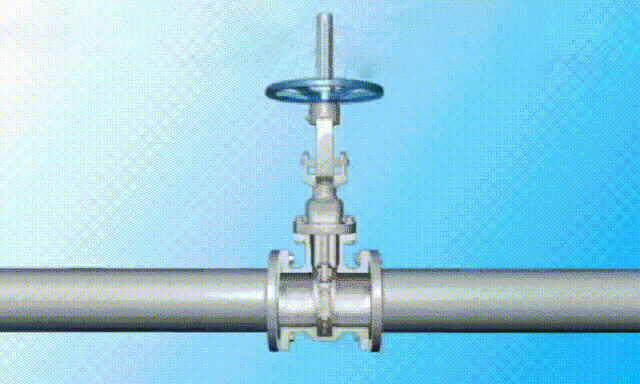
The swing check valve relies on the pressure of the fluid to open the valve cover. When the pressure of the fluid in the valve inlet and outlet pipes is balanced, the valve cover can be closed by its own gravity to prevent the fluid from passing through. Its main function is to prevent the fluid from flowing back. It belongs to the automatic valve category; it is mainly used in pipelines such as petroleum, chemical, and pharmaceutical.
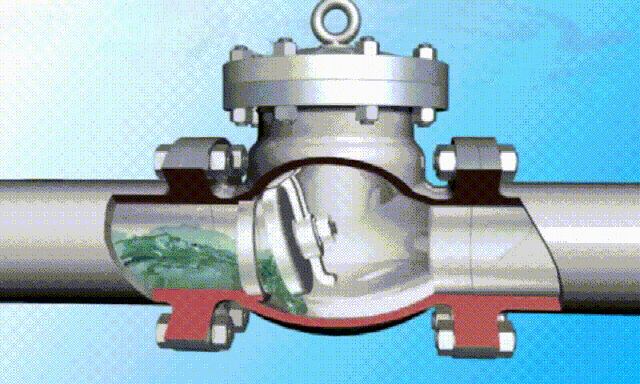
Butterfly valve, also known as flap valve, can rotate 90°. By rotating the valve stem to drive the disc to rotate, changing the angle of the disc can control the flow of the fluid. It can be used to cut off, connect, and regulate the fluid in the pipeline. It is often used in water supply, gas supply and other pipelines as a regulating and shutoff device.
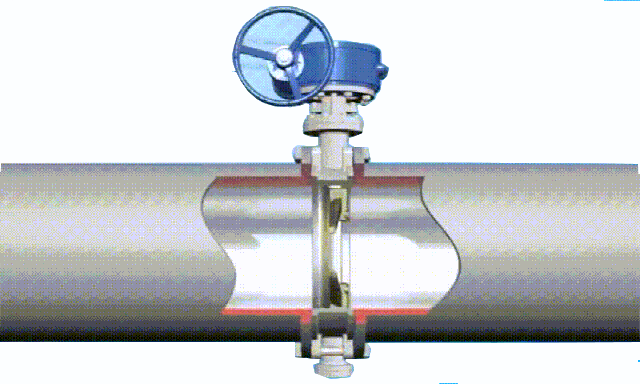
A regulating valve, also called a control valve, is used to control the size of a fluid. When the valve regulating part receives a regulating signal, the valve stem will automatically control the degree of opening and closing of the valve according to the signal, thereby achieving regulation of the flow rate and pressure of the fluid. It is commonly used in heating, gas, petrochemical and other pipelines.
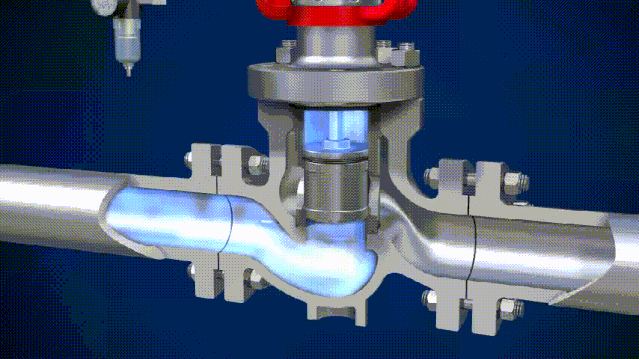
 The Future of Industrial Valve
The Future of Industrial Valve
 The Importance of Material Sel
The Importance of Material Sel
 3D animation anatomy of severa
3D animation anatomy of severa
 Valve sealing principle
Valve sealing principle
